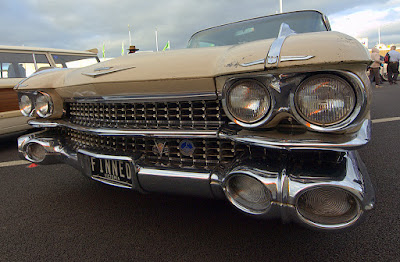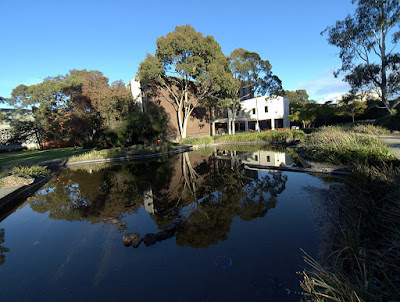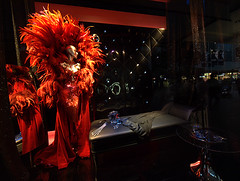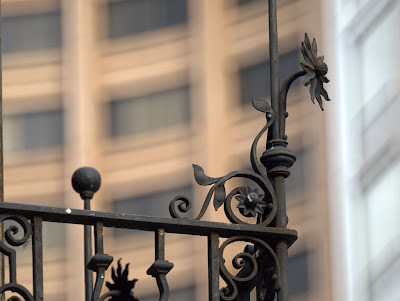RAW is minimal or unprocessed sensor capture - this means it is as clean or upstream as possible, short of shooting the scene again.
RAW is stored either uncompressed or compressed lossless. Therefore again, there are no artifacts caused by file compression in JPEG files
A JPEG saved by the camera has compression, smarts from the firmware - processed for contrast mapping curve, saturation, sharpness, white balance adjustment, whatever shadow manipulation, lens aberration adjustment etc.... The JPEG is the photo after the maker's "secret recipe" has been applied, not before.
JPEG is stored in 8 bit format. RAW files will be in higher than 8 bit. The number of tones and the dynamic range of RAW will be higher than JPEG.
A RAW file will be larger than a JPEG file for the same camera. It will take longer to save, shot to shot. It will take up more space on the memory card. A RAW file will be smaller than a TIFF file if a TIFF file is possible on the same camera.
A RAW file will of course be supported by the camera maker's software. And, eventually by other independent software makers. If the camera maker goes out of business or the maker's RAW convertor is neglected, then there is the risk that your RAW will not be readable by new software. You could try converting the RAW files, in batch, to Adobe DNG - hopefully that will gain popularity and become "permanent".
When you edit RAW on the computer, what you perceive depends on the software you use. If you edit using the maker's software, the software will retrieve hints from the RAW file and try to emulate what a JPEG from the camera will look like. If you use third party software, that software may not retrieve any hints from the file. Thus, it will show you what the file really looks like. Unless you have in this software, applied a profile of how you want the file to look like.
In any case, you view on the screen may or may not be hinted but the actual file is unprocessed. You then need to decide how the file should be output as a JPEG or a TIFF - if you don't make a judgement, then a decision has been made for you by how the software has been set up.
As an artist, you don't give your RAW file to the client or whoever - because the RAW file is unfinished and you have not made a decision how the JPEG will look like. Mostly too, the consumer will not have the correct software to look at or print RAW in the way that you have decided it should look like.
JPEG or TIFF is on the other hand, commonly understood to be the final product and when people open JPEG or TIFF in whatever software, they are looking at the final product, no buts.
del.icio.us Tags:
Photography,
RAW,
JPEG








